This is perhaps slightly more complex than it would need to be, but here's one solution.
Extend UIView with the following method:
extension UIView {
// Note: the method needs the view from which the context is taken as an argument.
func dropShadow(superview: UIView) {
// Get context from superview
UIGraphicsBeginImageContext(self.bounds.size)
superview.drawViewHierarchyInRect(CGRect(x: -self.frame.minX, y: -self.frame.minY, width: superview.bounds.width, height: superview.bounds.height), afterScreenUpdates: true)
let image = UIGraphicsGetImageFromCurrentImageContext()
UIGraphicsEndImageContext()
// Add a UIImageView with the image from the context as a subview
let imageView = UIImageView(frame: self.bounds)
imageView.image = image
imageView.layer.cornerRadius = self.layer.cornerRadius
imageView.clipsToBounds = true
self.addSubview(imageView)
// Bring the background color to the front, alternatively set it as UIColor(white: 1, alpha: 0.2)
let brighter = UIView(frame: self.bounds)
brighter.backgroundColor = self.backgroundColor ?? UIColor(white: 1, alpha: 0.2)
brighter.layer.cornerRadius = self.layer.cornerRadius
brighter.clipsToBounds = true
self.addSubview(brighter)
// Set the shadow
self.layer.masksToBounds = false
self.layer.shadowColor = UIColor.darkGrayColor().CGColor
self.layer.shadowOffset = CGSizeMake(0, 5)
self.layer.shadowOpacity = 0.35
self.layer.shadowPath = UIBezierPath(roundedRect: self.bounds, cornerRadius: self.layer.cornerRadius).CGPath
}
}
Usage, considering the background view is named view:
let shadowView = UIView(frame: CGRect(x: 100, y: 100, width: 300, height: 200))
shadowView.layer.cornerRadius = 15.0
shadowView.dropShadow(view)
view.addSubview(shadowView)
Which results in a view like this:

Note: the dropShadow method can not be called from viewDidLoad as this causes issues with the graphics context. So, use this method in viewWillAppear earliest for the above result.
Here's the code for the background view, just in case somebody wants to test in playgrounds:
let view = UIView(frame: CGRect(x: 0, y: 0, width: 500, height: 400))
view.backgroundColor = UIColor.clearColor()
let color1 = UIColor(hue: 0.39, saturation: 0.7, brightness: 1.0, alpha: 1.0).CGColor
let color2 = UIColor(hue: 0.51, saturation: 0.9, brightness: 0.6, alpha: 1.0).CGColor
let gradient = CAGradientLayer()
gradient.frame = view.frame
gradient.colors = [color1, color2]
gradient.startPoint = CGPoint(x: 0, y: 0)
gradient.endPoint = CGPoint(x: 1, y: 1)
view.layer.insertSublayer(gradient, atIndex: 0)




